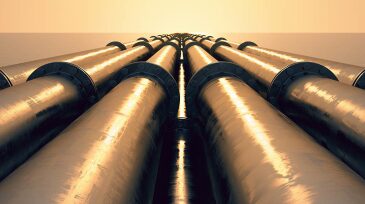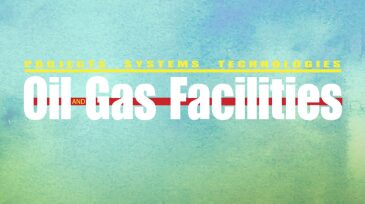multiphase flow
-
A former technical manager with Petrobras discusses the development of the company’s flow assurance philosophies and strategies.
-
Looped lines are used to reduce pressure drop and increase flow capacity, but information on the flow behavior or predictive methods are not available for these systems.
-
This work experimentally investigates the behavior of an intermittent multiphase liquid/gas flow that takes place upstream of an electrical submersible pump (ESP).
-
This paper describes a methodology for classification of artificial-lift-system (ALS) failures and addition of a commonly used root-cause failure classification.
-
This paper describes an “active” monitoring technique that uses a direct search method to optimize the sequence of interval-control-valve (ICV) positions during a routine multirate test in an I-well.
-
Electrical submersible pump (ESP) systems are critical to achieving the maximum production rates and reservoir pressure drawdown that improve ultimate recovery. But variable volumes of gas in unconventional wells can pose challenges for performance of the ESP.
-
In trying to reduce the footprint of facilities, operators often select the wrong piping components, hampering the performance. Selection of the right piping can avoid separation issues.
-
Bypass pigging has advantages over conventional approaches. Its application to multi-phase flow with high wax content crude is discussed.
-
The SPE Gulf Coast Section’s Projects, Facilities, and Construction study group presented sessions during its spring lecture series on experts’ discussions of the processes involved in metering measurements.
-
With more than a decade of experience acquired using Venturi/gamma ray multiphase flowmeters (MPFMs), further gains in measurement quality and operational robustness have been achieved.









